Guide helps agencies identify and correct existing solar PV vulnerabilities in order to avoid or minimize damage from severe weather.
Federal Energy Management Program
September 16, 2021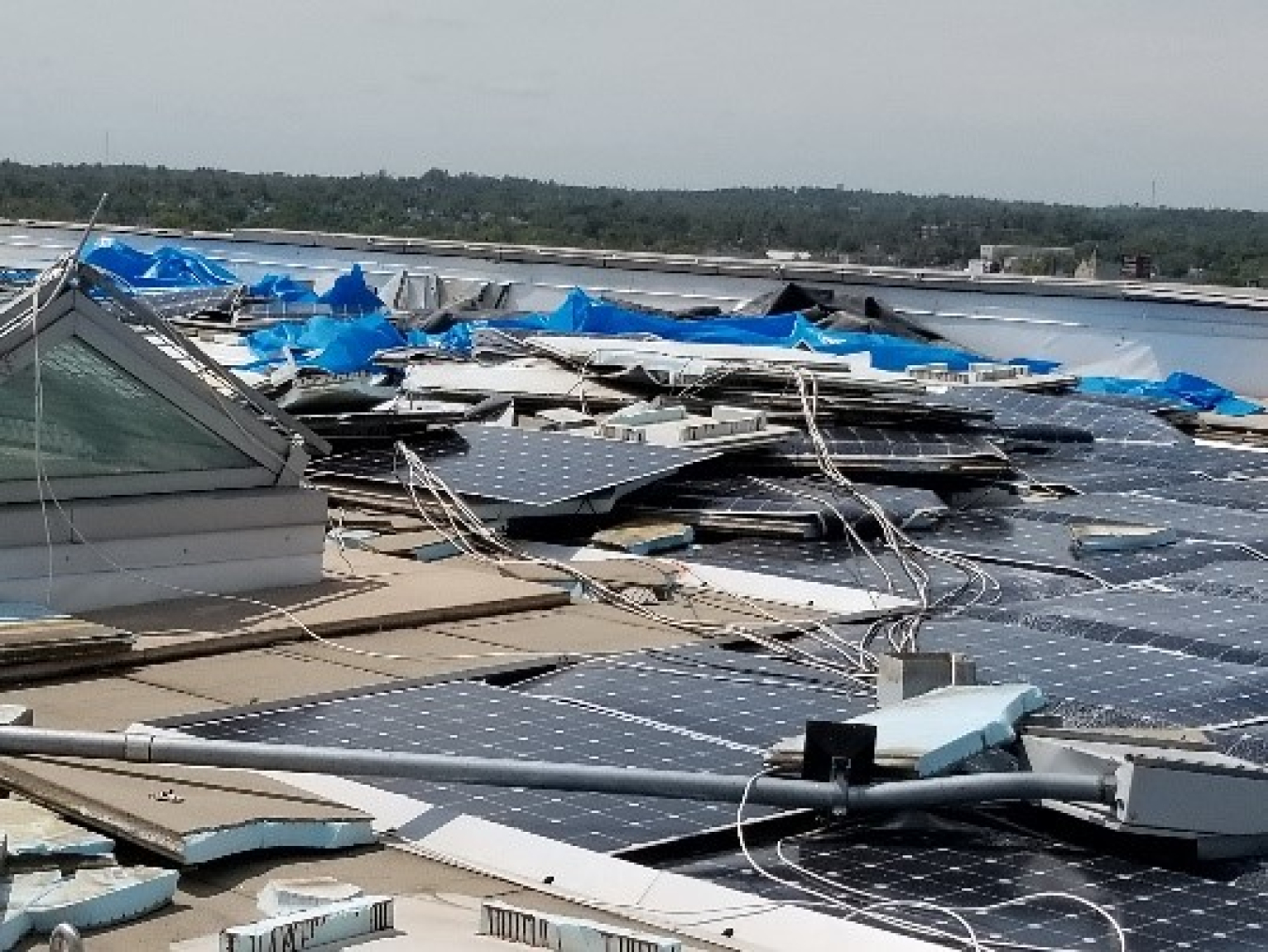
Severe weather events can have a significant impact on the survivability of solar photovoltaic (PV) systems. The Federal Energy Management Program (FEMP) and the General Services Administration (GSA) developed a guide to help agencies identify and correct vulnerabilities of existing PV systems that can result in failures if left unaddressed.
The PV System Owner's Guide to Identifying, Assessing, and Addressing Weather Vulnerabilities, Risks, and Impacts report helps users understand the type and severity of severe weather that can occur at any given location, and provides pre- and post-storm operations and maintenance (O&M) measures that can reduce the potential for damage to a PV system during a severe weather event and help speed the recovery of a PV system damaged during a storm.
There are more than 3,000 solar PV systems installed at federal facilities serving site loads. These systems have proven to be cost-effective, reliable, and safe power sources. In order to ensure a PV system's optimal performance throughout its service life, system owners must identify and correct latent vulnerabilities that might make a PV system susceptible to weather damage. The guidance represented here has been collected through onsite field audits of existing systems as well as in collaboration with industry experts.
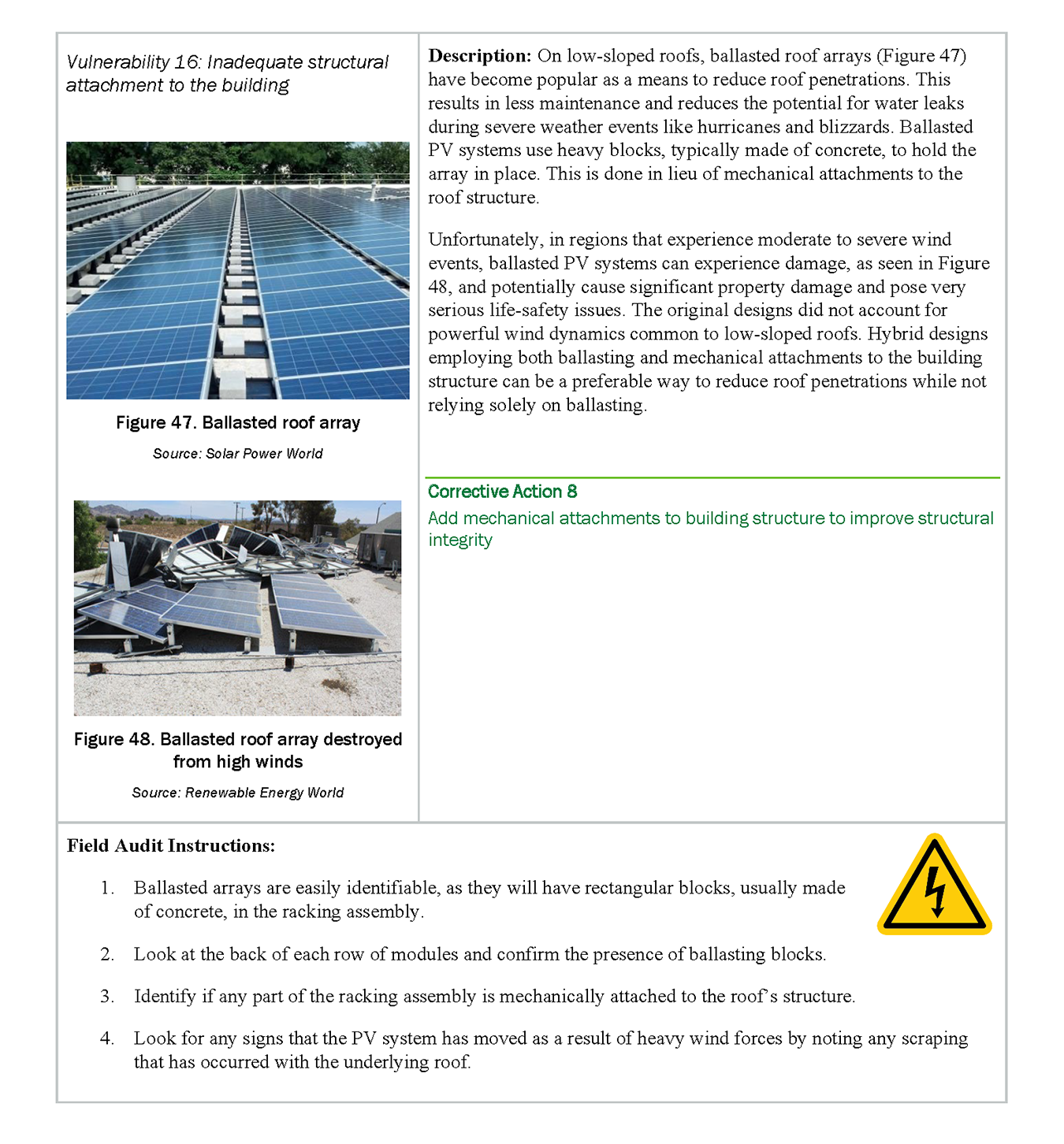 Figure 2. In section 5 of the guide, each vulnerability is listed with a corrective action and field audit instructions.
Figure 2. In section 5 of the guide, each vulnerability is listed with a corrective action and field audit instructions.This guide is intended to help federal managers and personnel responsible for PV systems identify and correct commonly known vulnerabilities, with the goals of reducing life-safety risks, improving system performance, and achieving full financial benefits. Each vulnerability and its corresponding description and corrective action is formatted for easy printing (Figure 2). FEMP recommends that users bring the relevant pages of the guide with them during an onsite field audit and use the "Field Audit Instructions" to help identify and confirm the presence of a given vulnerability.
Key sections in the guide include:
- Section 3—Hiring an experienced consulting engineer to assist at any point in the process (see the Hiring a Consulting Engineer subhead below)
- Section 4—Increasing awareness to understand potential impacts of severe weather events
- Section 5—Preparing for and conducting a field audit to identify existing vulnerabilities
- Section 6—Prioritizing corrective actions based on the risk-impact methodology
- Section 7—Estimating costs associated with corrective actions
- Section 8—Highlighting operational measures that can be taken before and after a storm to reduce damage and speed up the recovery process
- Section 9—Hiring a contractor to conduct any retrofit or rebuild projects
- Section 10—Financing and understanding procurement options for retrofit and/or rebuild projects.
- Section 3—Hiring an experienced consulting engineer to assist at any point in the process (see the Hiring a Consulting Engineer subhead below)
While the guide includes 37 vulnerabilities and 27 corrective actions in detail, some of the most commonly observed are shown in the photos below.
Vulnerabilities Corrective actions 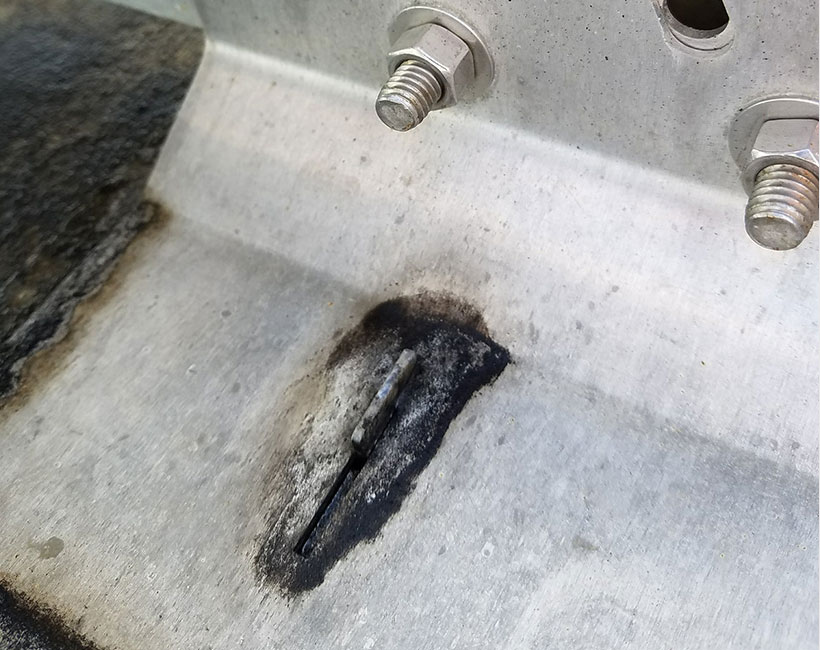
Fastener vulnerability: Fastener loosening in racking assembly caused by wind-induced vibrations 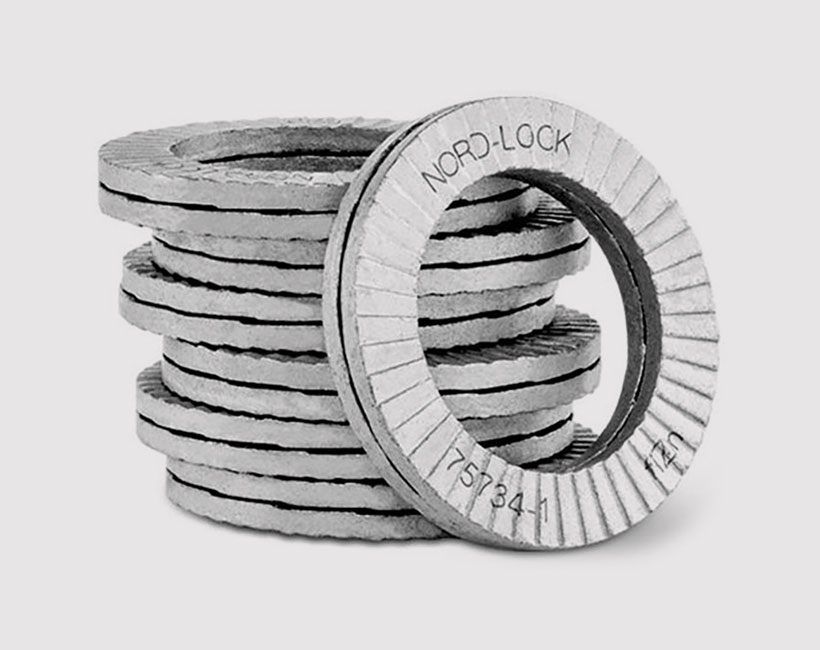
Fastener corrective action: Replace inadequate fasteners with rated locking hardware 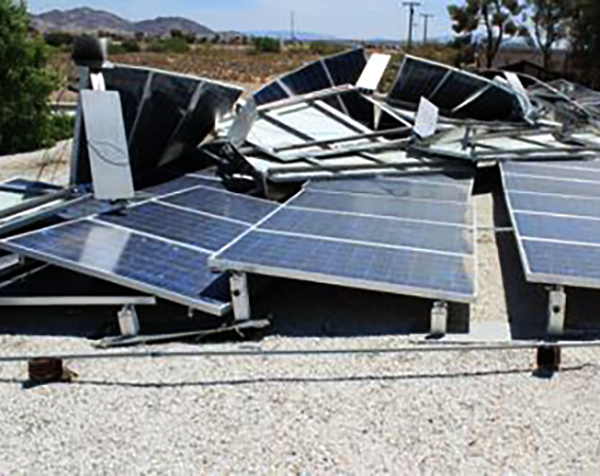
Mechanical attachment vulnerability: Insufficient mechanical attachments to the building structure 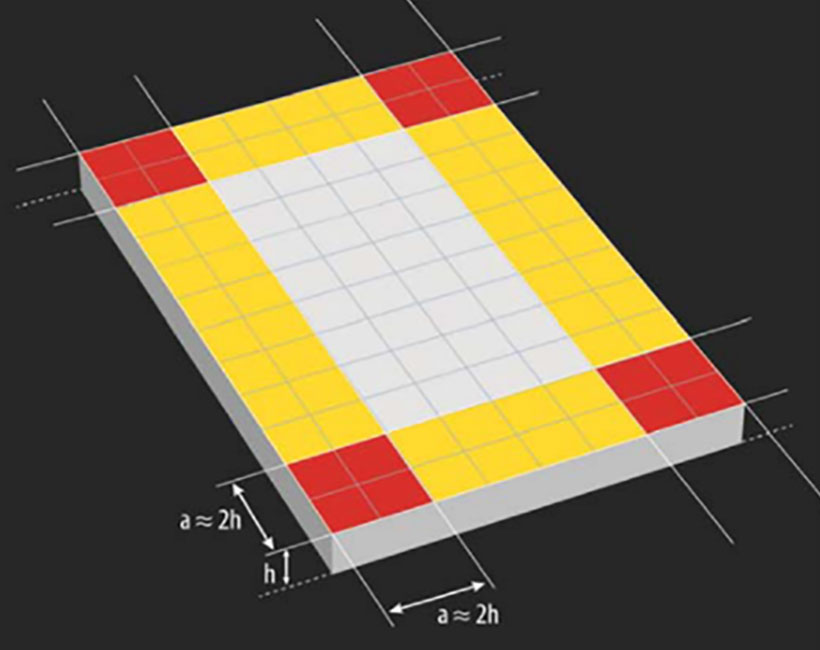
Mechanical attachment corrective action: Add mechanical attachments to building structure to improve structural integrity 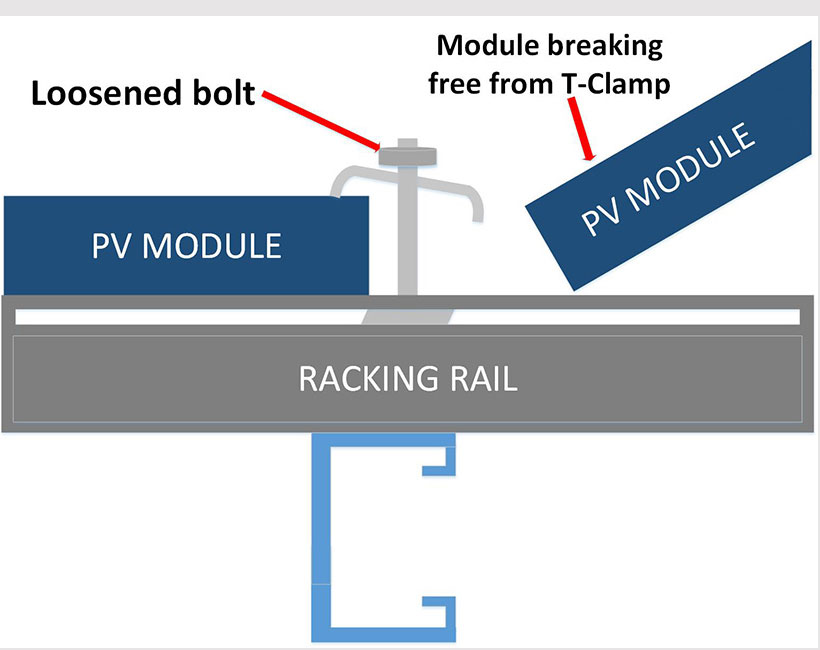
Clamp vulnerability: Top-down module clamp failure leading to row-domino effect 
Clamp corrective action: Through-bolt or convert to upgraded top-down module clamp 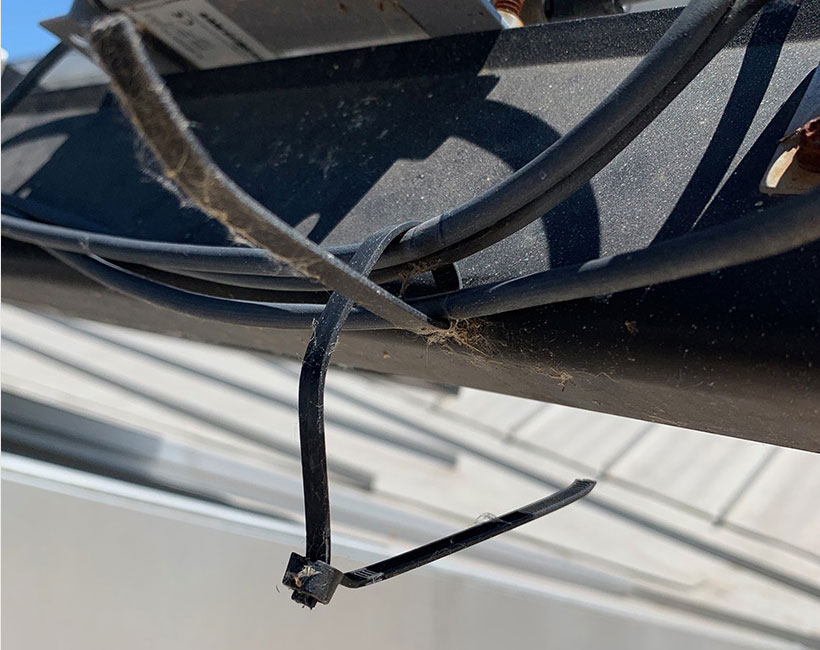
Wire management vulnerability: Use of plastic wire ties that quickly fail under site's environmental conditions 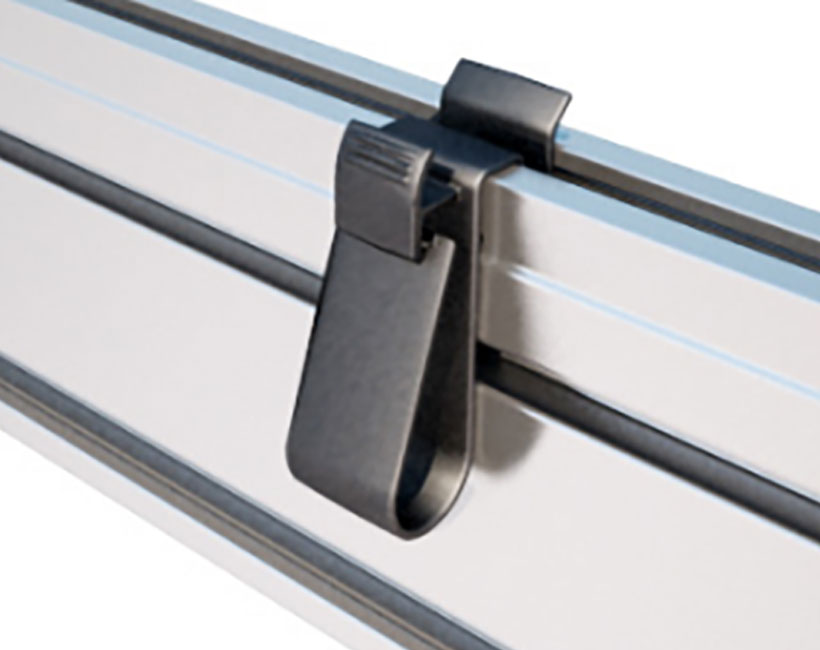
Wire management corrective action: Implement proper wire management system (e.g., purpose built clips, conduit) 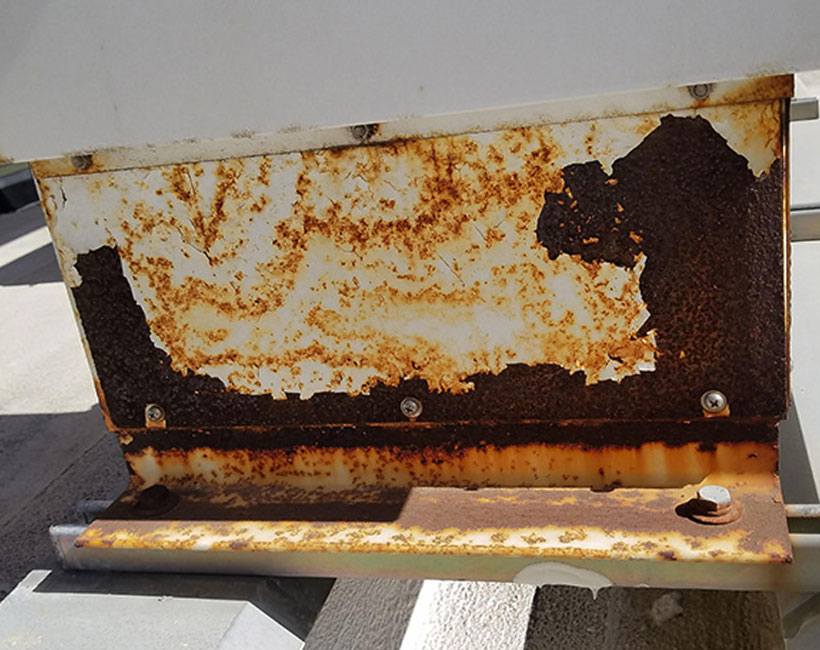
Electrical enclosure vulnerability: Inadequate electrical enclosures 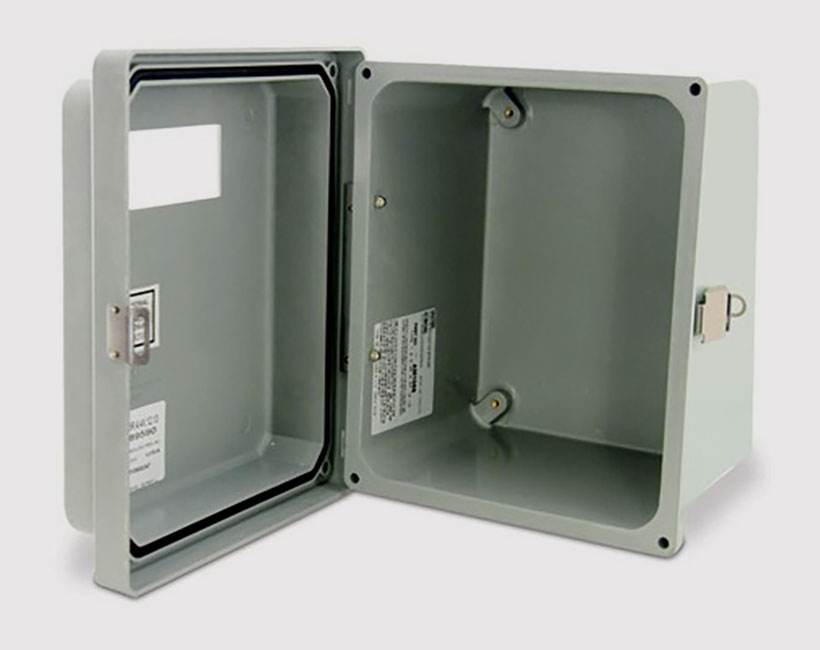
Electrical enclosure corrective action: Replace with appropriate NEMA-rated enclosures Note: While the guide was developed to be as thorough as possible, there is the potential that some vulnerabilities and corrective actions may not be included. Users may discover additional vulnerabilities and corrective actions by following the process outlined in the guide.
The fast-growing solar industry has outpaced the ability for current codes and standards to capture key lessons learned in update cycles. Simply following current codes and standards is not adequate. There are instances where a consulting engineer may be needed to help devise a repair or rebuild project as well as identify existing vulnerabilities of a PV system. Some of these instances include:
- Lack of agency staff time or expertise to properly identify system vulnerabilities
- Complex corrective actions needed to fix issues like fastener and bolted joint failures
- Significant structural vulnerabilities requiring an extensive reinforcement scope of work (e.g., upgrading racking assembly to include a third rail)
- Gaining concurrence from manufacturers for product modifications
- Retrofitting a self-ballasted array in a location with frequent high winds (e.g., thunderstorms, hurricanes)
- Arrays that have chronic fastener loosening.
All consulting engineers should have the following qualifications:
- Active engagement with codes and standards guidance and committee work (e.g., ASCE, UL, SEAOC, IEC)
- General understanding of severe weather events and their impacts on PV systems
- Experience helping asset owners prepare for and conduct site audits
- Experience helping asset owners prioritize and apply corrective actions.
For more information on hiring a consulting engineer, please see section 3 of the guide.
Get the PV System Vulnerabilities Report
Related Publications
Learn more about severe weather considerations for new construction systems in FEMP's Severe Weather Resilience in Solar Photovoltaic System Design webpage.

